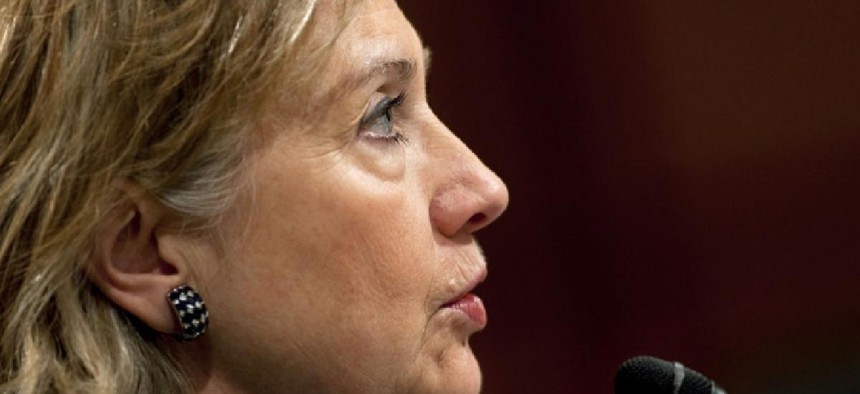Elections (Archived)
Clinton releases economic plan for PA

Hillary Clinton’s campaign released a rough economic plan for PA today, promising, if elected, to spend $10 billion to create nearly half a million jobs in the Keystone state during her first term in office.
State Democrats hailed the plan, which hinges on federal investments in manufacturing, clean energy, infrastructure and medical research, as well as cutting small business regulations.
“We need real plans and programs to support our local businesses and rebuild our communities. Donald Trump has no plans to improve communities across Pennsylvania, and would rather tear them down and pull people apart,” said Gov. Tom Wolf in response to Clinton’s proposal. “Hillary Clinton actually has a plan to create more jobs and investments in infrastructure, research, technology and grow our small businesses.”
The proposal calls for increasing the minimum wage to $12 an hour by 2021, enacting paid family leave, reforming US immigration policy and increasing taxes on the wealthy.
The campaign pointed to an “independent” analysis conducted by Moody’s and University of Pennsylvania Prof. Mark Zandi to back up the positive aspects and impact of Secretary Clinton’s plan. The paper is a bit less rosy than Clinton’s bottom line numbers suggest, and finds many similarities between her proposals and ones from the Obama administration.
Key findings include:
- Clinton’s jobs projection – 10.4 million added nationally in her first term – is largely based on current growth rates. The Moody’s analysis projects her policies could lead to the creation of 3.2 million additional jobs over four years – or about 150,000 – over that span in PA, rather than the 414,000 cited by the campaign.
- To rebuild PA’s manufacturing base, Clinton promises an “exit tax” for companies that ship jobs overseas. But the analysis finds her economic proposal ignores the larger issue of corporate tax reform and the question of whether companies should be taxed globally, as they are now, or territorially – an issue that has driven a number of companies overseas.
- Clinton’s $300 billion infrastructure spending plan assumes that states and localities will be able to come up with matching funds for transportation projects – 20 percent and 10 percent, respectively, for Highway Trust Fund projects.
- While the report looks favorably on government spending as a jobs creator, on a static basis, Clinton’s new spending will increase the deficit by $750 billion over 10 years.
The Commonwealth Foundation, a free-market think tank, excoriated the study altogether.
“If we had a billion dollars for every time Mark Zandi’s economic projections were wrong, we could pay off the federal debt,” said the foundation’s vice president of policy, Nathan Benefield. “This is the exact same model Zandi used to justify the federal stimulus. He has supported Obama’s economic policies and long advocated – despite evidence to the contrary – that more government spending stimulates jobs and economic growth.”
To the Clinton campaign’s credit, they at least released a relatively detailed plan and outside analysis of it. Republican Donald Trump, meanwhile, spent the day speaking in Detroit, attempting to kickstart his flagging campaign with a speech on the rousing topic of economic policy.
He outlined a sparse vision of tax cuts, eliminating the estate tax altogether and true-to-form promises to singlehandedly negotiate better international trade deals to bring jobs back to the US.